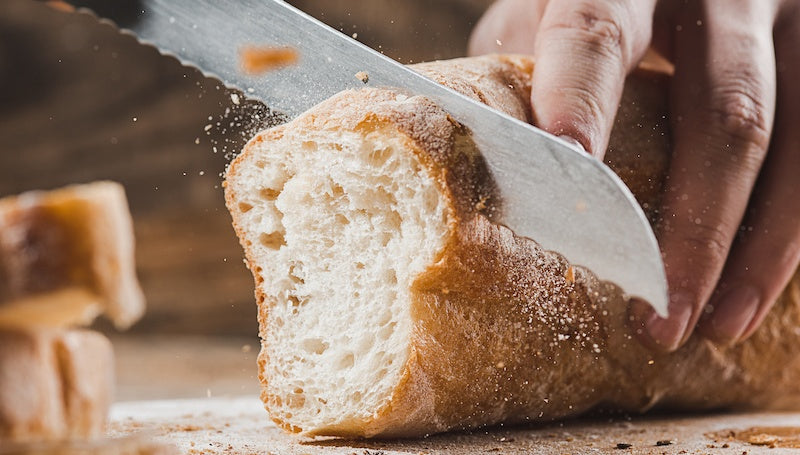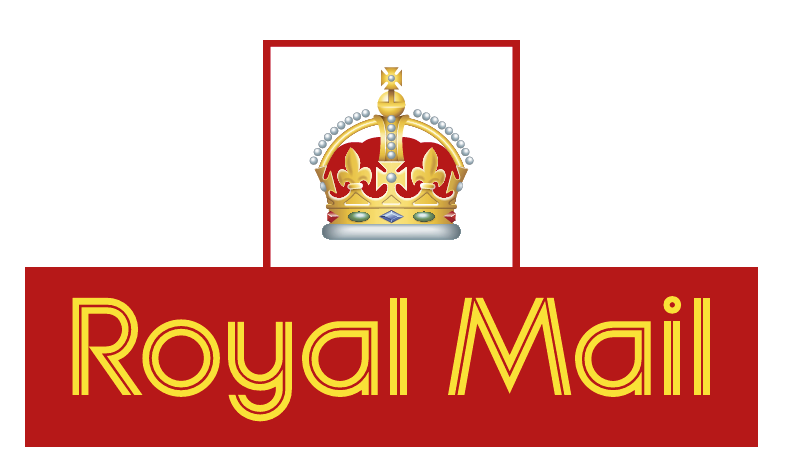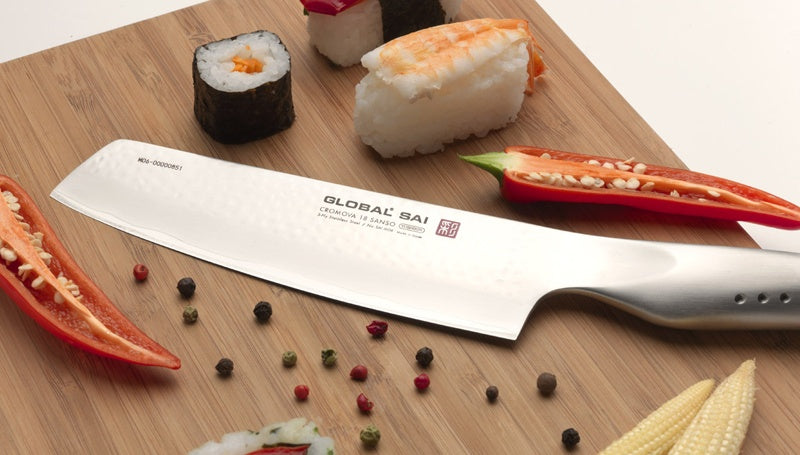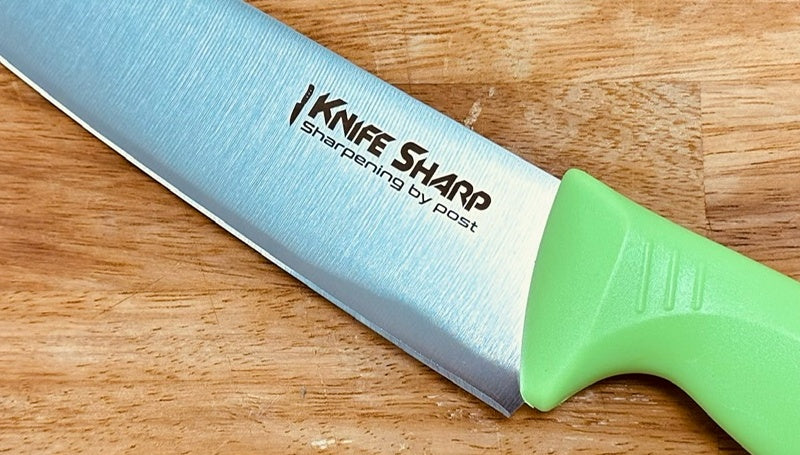FREE SHIPPING ACROSS THE UK
5 STAR CUSTOMER REVIEWS ⭐️⭐️⭐️⭐️⭐️
SHARPNESS GUARANTEED
FREE SHIPPING ACROSS THE UK
5 STAR CUSTOMER REVIEWS ⭐️⭐️⭐️⭐️⭐️
SHARPNESS GUARANTEED
Add description, images, menus and links to your mega menu
A column with no settings can be used as a spacer
Link to your collections, sales and even external links
Add up to five columns
Add description, images, menus and links to your mega menu
A column with no settings can be used as a spacer
Link to your collections, sales and even external links
Add up to five columns
All About Serrated Knives
November 16, 2020 4 min read

When people say serrated knives, most of the time they are referring to a bread knife, or in some cases a tomato or steak knife, but there are a lot of different variations of serrated knives both in the kitchen, and on outdoor knives. Here at Knife Sharp we can sharpen the most common type of serrated knife but read on for the full lowdown...
What are serrated knives?
Serrated knives are where the cutting edge of the blade has small serrations. These serrations can be wavy, scalloped, saw-toothed, micro, or any combination of these. Some knife manufacturers even create their own patented serration designs, which promise improved cutting of different foods.
Serrated knives are used instead of a straight edge knife, such as a chef’s knife or santoku, as the serrated edge has a much better ability to bite into food that is either too hard (e.g. bread) or too soft (e.g. tomatoes) than a straight edged knife. The sharp points of the serrations pierce into the food, which then allow the sharp curves of the serrations to get into and cut through the food. The curves also reduce the friction on the blade to enable you to saw back and forth to get a nice clean cut.
The main advantage of using a serrated knife is that you don’t have to apply much (if any) downward pressure when cutting, as the serrations do the hard work for you. As the serrations dig into the food the knife moves downward on each sawing stroke until it's all the way through. This stops food getting squashed or out of shape while cutting it.
Common Serrated Knives
As we say, the different types of serrated knives are vast, but overall (in the kitchen at least) you will come across three main types…
Bread Knife
Bread knives are designed for slicing different types of bread, with the sharp points of the serrations cutting through the hard outer crust as found on baguettes for example, however bread knives can cut cleanly through most types of breads, as well as cakes, pies, pizza and even fruits! A good bread knife will produce much fewer crumbs and won't squash the bread while cutting. Bread knives typically have offset handles to ensure your knuckles don’t hit the bread board when getting towards the bottom. They are around 20 to 35cm long but we recommend one around 25cm long to provide the most use around the kitchen.

Tomato Knife
Tomato knives are typically shorter than bread knives, around 15 to 20cm long and often end in a sharp forked point which helps to pick up sliced tomatoes and other thinly sliced foods. Again, the serrated edge cuts through the hard outer skin of the tomato without squashing it and losing all the flavoursome juice. In our experience at Knife Sharp, a well sharpened plain edge knife such as a chef’s knife or nakiri will outperform a serrated knife any day when slicing tomatoes, however, if your plain edge knife is blunt then a serrated knife is better.

Steak Knife
A steak knife is a table knife that is designed to be served with steak and other pieces of meat that are too thick or tough to cut with a dinner knife. They are often serrated (often with micro serrations), but also come in plain edge versions. Serrated steak knives are often not designed to be sharpened, and are cheaper than plain edged steak knives (which can be sharpened).

Types of serrations and sharpening
When it comes to sharpening serrated knives, it’s all down to two factors. The type of serrations, and how much of the serration is left...
Single edge serrations
This type of serrations are typical on good quality bread and tomato knives and have the serrations on one side of the blade and a flat blade on the other side. As long as the serrations still have plenty of depth left in them, we can sharpen these serrated blades no problem. If the serrations are nearly all gone (from use or previous sharpening), see re-serration below.
Double edge serrations
This is when the blade is serrated on both sides of the blade, and often have different sized serrations on each side. This type of serration is often found on cheaper blades. Sadly, we can’t sharpen these types of knives, but can convert the knife to a plain edge knife if you prefer (see re-serration below). Please note we will never convert a knife to plain edge without first getting your approval to do so.
Micro serration
Micro serrations are often found on steak knives, or cheaper bread knives. These are recognised by the sharp jagged cutting edge and are pressed out of low-quality steel. These types of serrations are not designed to be sharpened and sadly we can’t sharpen them for you. But again, we can convert the knife to a plain edge knife if you prefer (see re-serration below).

Re-serration
If your serrated knife has seen a lot of use and/or been sharpened several times the depth of the serrations left may not be enough to sharpen the serrations themselves. See picture below for an example...

We don’t offer a re-serration service here at Knife Sharp as it's very labour intensive and often would cost more than the knife. So, if this is the case (or your serrated knife is the type of serration that we don’t sharpen) we can convert the knife to a plain edge knife for you (think along the lines of a caving knife).
However, we won’t do this unless you specifically tell us to do this. If your serrated knife is one we can’t sharpen we will get in touch with you and provide you with different options. Until you have confirmed what you would like us to do we won’t work on the knife.
We can sharpen most serrated knives
In conclusion, here at Knife Sharp we sharpen a large number of serrated knives each day as the most common type of serrations cause no issue with sharpening. If you think you have a serrated knife that may cause an issue just get in touch with us (ideally with a picture of your serrated knife) and we will let you know our thoughts.
Stay Sharp!
Also in The 'Sharp' Blog

Now Offering Delivery via Royal Mail
September 10, 2025 2 min read
At Knife Sharp, we’re always looking for ways to make life easier (and sharper!) for our customers, we are very proud to say that we now offer delivery via Royal Mail, using the tracked and insured, next day delivery service, Royal Mail Tracked 24®...

Identifying fake & counterfeit Global knives
May 01, 2024 3 min read
Here at Knife Sharp, we sharpen hundreds of Global knives every week. We love them as they are high quality and hold a fantastic sharp edge. However more recently we have been seeing more and more fake Global knives come to us...
Read More

New and Improved! Knife Sharp Chefs Knife
January 23, 2024 1 min read
We have been selling our specially designed Knife Sharp chefs knives for a good while now, with great feedback from our customers, but for 2024 we've decided to give it a bit of a upgrade! Our new knife is still specially designed and made for us...
Read More
